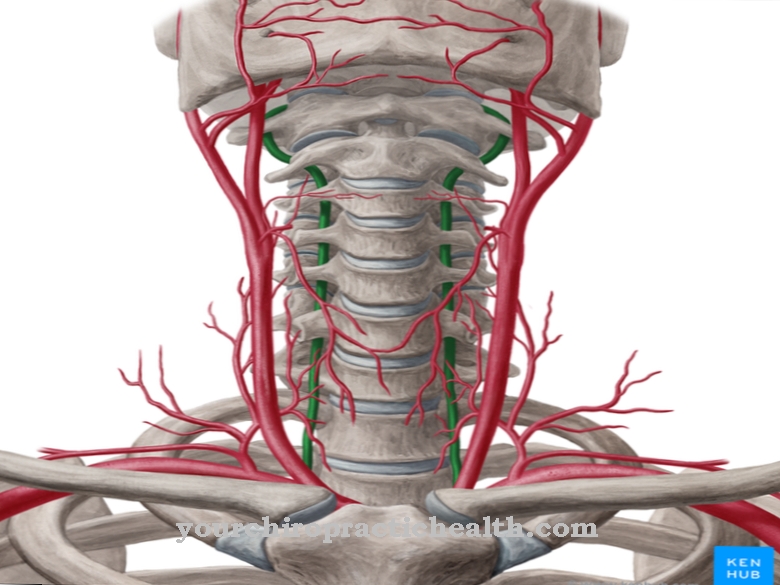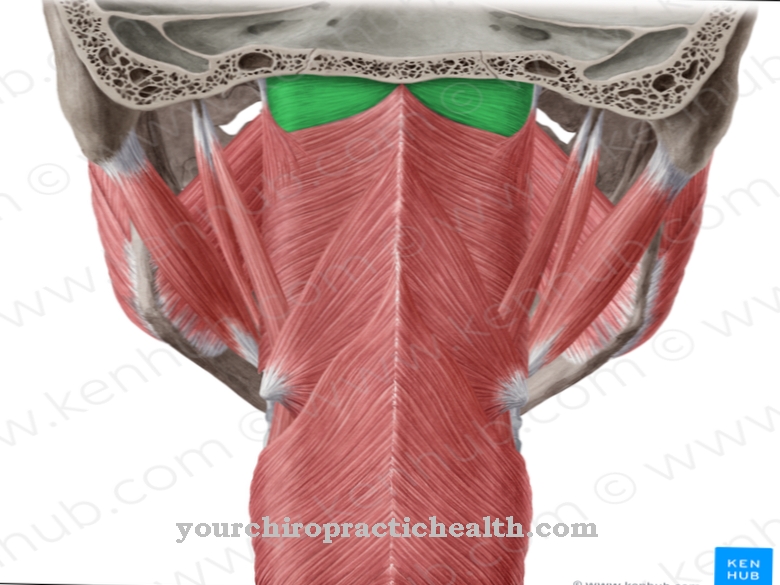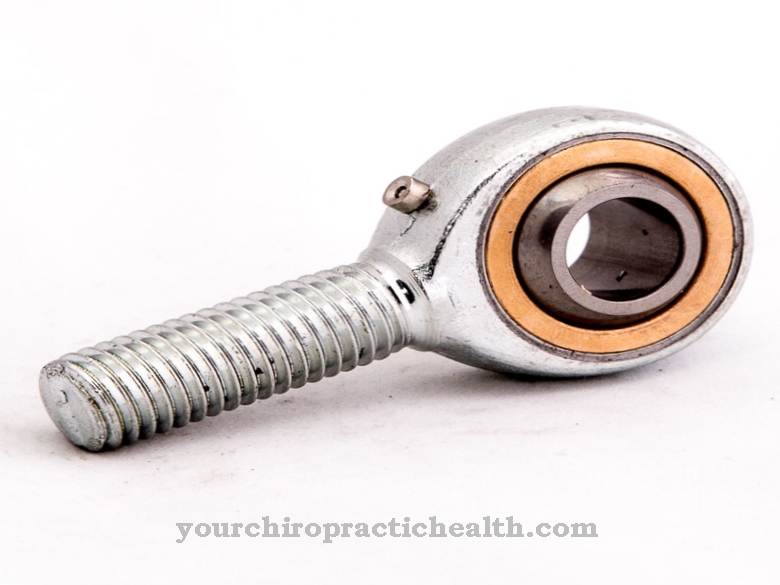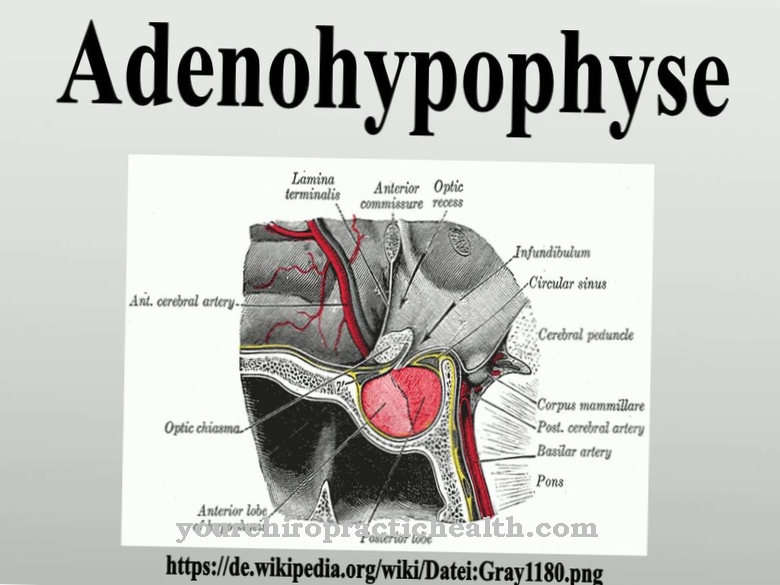The Sinuses are air-filled cavities within the bone structure of the skull. The most common complaint is sinusitis, which is associated with pain and runny nose, but usually subsides after 10 days.
What are the sinuses?
The Sinuses are spaces within the bone structure of the skull and face that are filled with air. These free cavities are used to warm up and humidify the air we breathe, and as a resonance body for the voice.
The paranasal sinuses also reduce the weight of the skull, which would be significantly heavier without these cavities. The inner walls of the sinus are covered with cells that secrete a moist secretion. This catches the pathogens in the air before they get into the body and prevents the inside of the nose from drying out.
The sinuses are divided into a total of four pairs. A pair behind the nostril, one above the eyes, one between the eyes, and each a hollow chamber behind the ethmoid bones. Often referred to as "sinuses", however, the sinuses are just one type of sinus in the human body.
Anatomy & structure
Humans have four different pairs of nasal sinus oils: the maxillary sinus, the frontal sinus, the sphenoid sinus and the ethmoid cells. The maxillary cavity is located below the eyes in the upper jawbone.
They are the biggest Sinuses and the first to develop in the growing organism. The frontal sinus is located in the frontal bone above the eyes. It forms after the age of two and continues to grow into puberty. The sphenoid sinus forms in the center of the skull within the sphenoid bone and grows into early adulthood.
The ethmoid cells form several small air cells between the eyes. At birth they are filled with fluid and continue to grow until they are 12 years old. They are shaped like small pyramids and separated by thin septa.
Functions & tasks
The full functionality of the Sinuses are still being discussed, but some tasks are suspected. They reduce the overall weight of the human head, especially the front area and facial bones.
They improve the resonance of the voice. Sinuses can act as a kind of buffer when you bump into the face. The cavities isolate sensitive nerve tracts in the teeth or eyes from temperature fluctuations in the incoming air. They humidify and warm incoming air as the air flow in these regions is slowed down. The sinuses regulate the pressure equalization of the intranasal area.
They also fulfill an important function within the immune system, in that they can intercept pathogens before they enter the airways. Apart from these assumptions about the function of the paranasal sinuses, it is also possible that they do not fulfill any direct biological function. That is, they can also be a spandrel (by-product) of an actual biological adaptation that took place during evolutionary development.
Diseases
The most common complaints related to the Sinuses Sinus infection can occur. It is caused by allergies, infections or other autoimmune disorders.
In most cases it is caused by a viral infection and disappears within 10 days. Inflammation of the sinuses is defined as inflammation of the mucous membranes that cover the walls of the sinuses. The inflammation is divided into several degrees. Acute sinusitis is usually caused by a viral infection.
If the cause is a bacterial infection, it is most often caused by pneumococci or Haemophilus influenzae. While the viral pathogen only lasts 7-10 days, the bacterial infection is more persistent. People with diabetes or HIV are particularly susceptible to this type of infection, but chemical influences such as cigarette smoke also make them more susceptible. Chronic sinus infection lasts longer than three months and can have a variety of different causes, which should be diagnosed individually according to the onset of symptoms.
Depending on which parts of the paranasal sinuses are affected by the inflammation, discomfort occurs in different places on the facial bones. Typical symptoms are pain, flaccidity, and dizziness and / or pressure. Pain and pressure are usually made worse by changing the position of the body, for example when the person concerned lies down. Viral infections are cured, in bacterial infections the use of antibiotics can be considered.



























